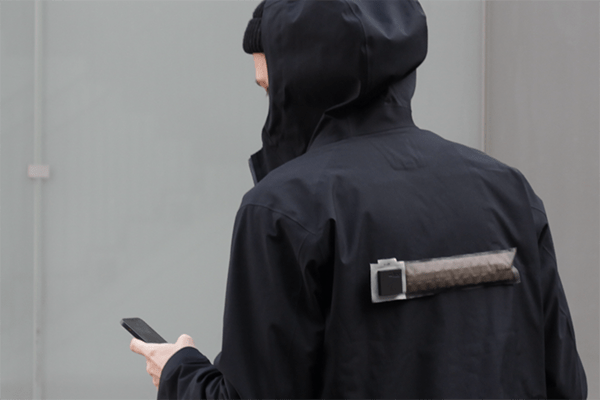Designing smart clothing - what matters

Why design smart clothing?
Since the invention of the personal computer, technology has rapidly become a common part of our everyday lives. The boom of wearables and smart homes have shown that opening up a new environment for technology gives it new opportunities to support people. Especially when technology moves even closer to people, scenarios arise that can be of great benefit were.
Hardly any product is used as frequently and offers the possibility to support people in so many different situations as clothing. With smaller products optimized for use in textiles, smart clothing is becoming another field in which technology is becoming an important tool.
What are the obstacles?
A wide range of concepts and the first products that have already been developed show that this new product field has potential. However, smart clothing has not yet achieved a major breakthrough, especially in the consumer sector. In practice, many challenges can still be observed that could stand in the way of a successful market entry of new products.
Textiles vs Hardware
It is true that smart textiles in the broader sense form a subcategory of consumer electronics, one of the largest industrial sectors with a large number of production methods, supplier parts and standardized processes. However, due to their unique characteristics, smart textiles cannot rely on many of these fundamentals.
For one thing, garments need to be flexible and stretchable to fit the human body. Most supplier parts in the electronics industry are not made for this context. So the choice of the right components must be considered and planned for from the very beginning of the design process. Knowing which production options will determine whether fashion concepts with integrated electronics can be implemented or not.
The washability of textiles also poses an immense problem for electronic components; corresponding parts must either be shock-, water- and chemical-resistant, or be removable from the garment by the user before each wash cycle.
Another problem area that many smart textiles have in common is the power supply. Since there are hardly any solutions here that are adapted to a textile environment, people often fall back on classic hardware solutions such as power banks and USB cables. In some cases, these can be hidden in pockets and linings, but they often prove unsuitable for everyday use by the end user. In addition to the comfort, the daily removal and charging of the batteries is a burden.
Everyday functionality
If we compare clothing with other electronic products, major differences also become apparent in the usage habits of buyers. In the case of electronic products, for example, a single device (e.g. a smartphone) is often used daily over a relatively long period of time. The clothing worn, on the other hand, is often selected, combined and even changed within the day. If technology is to be integrated into clothing, it makes sense not to concentrate the functionality on a single product, but to leave the combination possibilities of different products to the user.
In order to do justice to the individual differences of the human body, it may also be necessary in many cases to individually adapt the positioning of weight and sensors or actuators.
Emotional impact
The more strongly we identify with a product, the more important it is that its design language and emotional expression correspond to our personal preferences. Hardly any product is more intimate and individual in this respect than our clothing. In other words, design rarely has such a strong impact on personal well-being as it does with our clothing.
Of course, this also applies when electronic components are integrated into clothing. Compared to conventional consumer electronics, design accordingly plays a superior role.
It is not uncommon for technology applied for the first time in a new area to develop a frightening effect. By not considering the privacy of the user and communicating their function transparently, products can alleviate such concerns. These values can also be communicated on a design level. A design that blends into the existing environment and recedes into the background – and is only present when needed – best fulfills these requirements. The textile character, a soft and human materiality and the adaptability to the personal closet are therefore of great importance.
